

2019-01-06 08:39:00 Sun ET
treasury deficit debt employment inflation interest rate macrofinance fiscal stimulus economic growth fiscal budget public finance treasury bond treasury yield sovereign debt sovereign wealth fund tax cuts government expenditures
President Trump signs an executive order to freeze federal employee pay in early-2019. Federal employees face furlough or work without pay due to the government shutdown. Trump then pours salt into the wound by issuing an executive order that freezes federal pay for around 2 million public employees and contractors in early-2019. In effect, this executive order cancels the 2% pay increase for 2 million non-military federal workers, whereas, the same executive order has no impact on the 2.6% pay increase for military servants and soldiers.
This strategic move expands the prior Trump claim that he *would be proud to shut down the government for better border security*. Specifically, Trump demands $5 billion public finance for the southern border wall. The wall can help improve the domestic quality of health care, education, and many other public services for U.S. residents. So the $5 billion border wall tax becomes essential for overall domestic welfare in America.
On the other side of the same story, however, this executive order serves as a key Trump tactic that tilts Congress toward political compromise. The tense negotiation contributes to the Trump presidential campaign promise of better border security although most Americans blame President Trump for the government shutdown.
If any of our AYA Analytica financial health memos (FHM), blog posts, ebooks, newsletters, and notifications etc, or any other form of online content curation, involves potential copyright concerns, please feel free to contact us at service@ayafintech.network so that we can remove relevant content in response to any such request within a reasonable time frame.
2018-12-17 08:43:00 Monday ET

Apple files an appeal to overturn the recent iPhone sales ban in China due to its patent infringement of Qualcomm proprietary technology. This recent ban of
2016-10-19 00:00:00 Wednesday ET
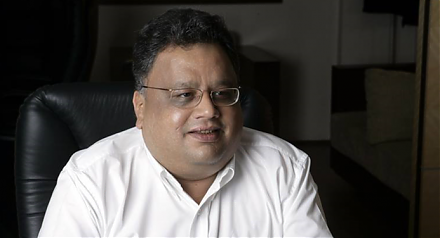
India's equivalent to Warren Buffett in America, Rakesh Jhunjhunwala, offers several key lessons for stock market investors: When the press o
2019-04-25 09:35:00 Thursday ET
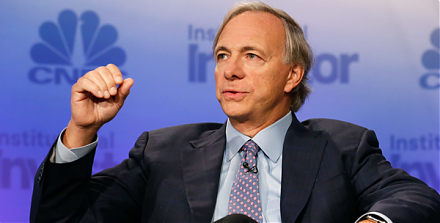
Bridgewater hedge fund founder Ray Dalio suggests that the current state of U.S. capitalism poses an existential threat for many Americans. Dalio deems the
2019-08-09 18:35:00 Friday ET
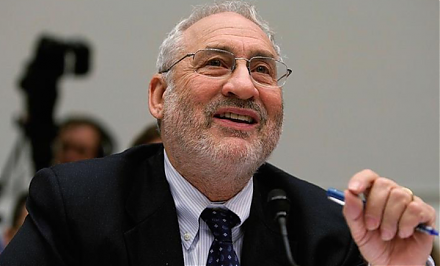
Nobel Laureate Joseph Stiglitz maintains that globalization only works for a few elite groups; whereas, the government should now reassert itself in terms o
2020-01-01 13:39:00 Wednesday ET
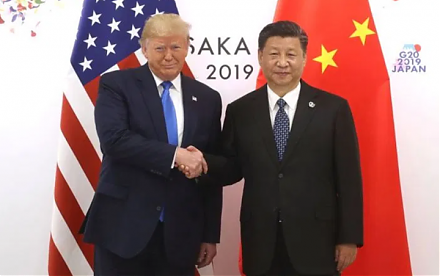
President Trump approves a phase one trade agreement with China. This approval averts the introduction of new tariffs on Chinese imports. In return, China s
2017-11-23 10:42:00 Thursday ET
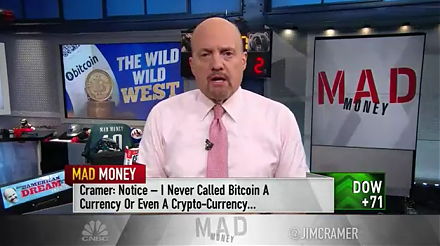
As the TV host of Mad Money, Jim Cramer provides 5 key reasons against the purchase and use of cryptocurrencies such as Bitcoin. First, no one knows the ano